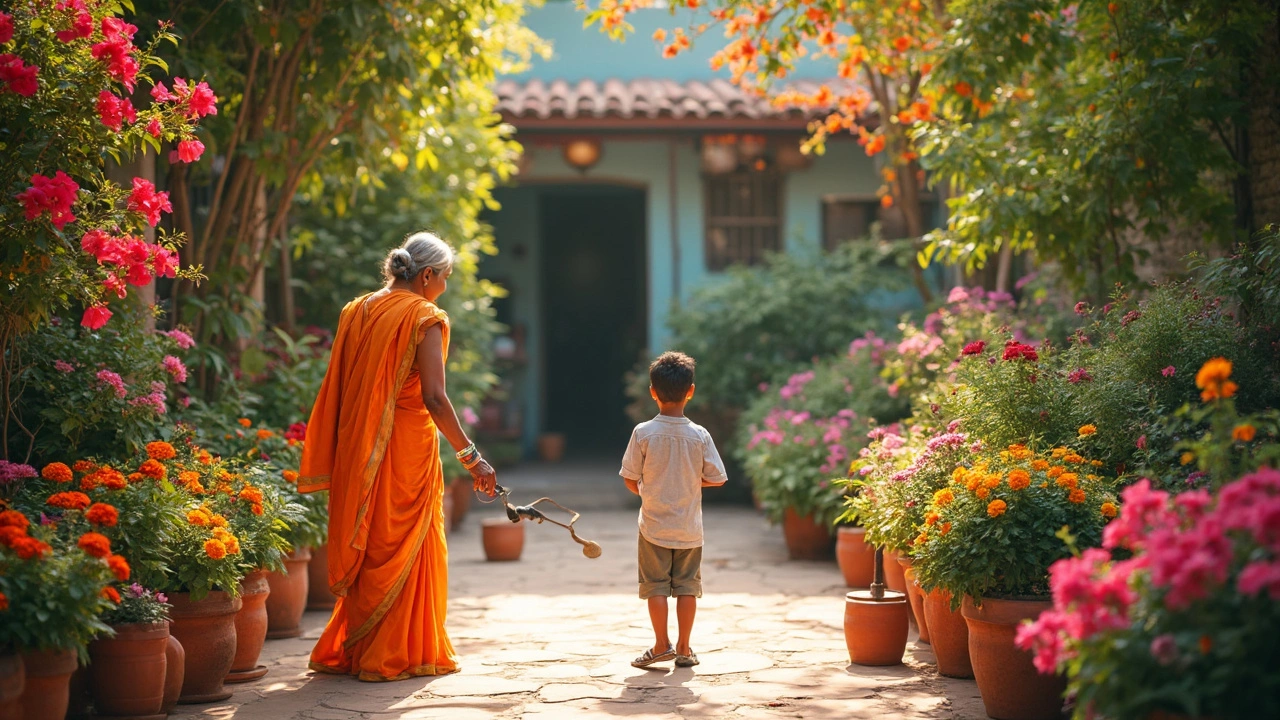Curious about which plant keeps color in your garden the longest? This article digs into the longest-lasting blooming plants suited for Indian weather, offers real-world care tips, and explains why some flowers just outshine the rest season after season. Learn what species to pick if you love vibrant, low-maintenance gardens that never look dull. Find out practical advice for beginner and seasoned home gardeners alike. Get ready to discover easy swaps and pro secrets for nonstop blooms.
Seasonal Flowers in India: Best Blooms by Month and How to Grow Them
When you think of seasonal flowers, flowers that bloom at specific times of the year in response to temperature, rainfall, and daylight. Also known as periodic bloomers, they turn Indian gardens into living calendars—bright bursts of color that arrive like clockwork with each season. Unlike plants that flower nonstop, seasonal flowers have a rhythm. They wait for the right moment—monsoon rains, post-winter chill, or the first warm days of spring—to open up and show off. This isn’t just beauty; it’s biology. And understanding it means you’ll never wonder why your jasmine died in summer or why your marigolds vanished after Diwali.
One big mistake gardeners make is treating all flowers the same. You can’t plant a hydrangea, a shade-loving, moisture-hungry shrub that struggles in Indian heat unless carefully placed where the afternoon sun bakes the balcony. But you can plant zinnias, sun-loving, drought-tolerant annuals that explode with color from spring through monsoon in the same spot. These flowers aren’t just pretty—they’re tools. Zinnias tell you the soil is warm enough. Marigolds signal the end of frost. Chrysanthemums announce autumn’s arrival. They’re nature’s weather reports, and learning their language saves you time, money, and heartbreak.
India’s climate zones—from the dry heat of Rajasthan to the humid coasts of Kerala—mean no single flower works everywhere. But some patterns hold true. In North India, winter brings pansies and calendulas. In the South, bougainvillea and hibiscus bloom almost year-round if you give them drainage. The key isn’t just picking the right flower; it’s matching it to your microclimate. A south-facing balcony gets more sun than a north one. A terrace in Delhi gets hotter than one in Bangalore. Your soil matters too. Dense clay? Add compost. Sandy soil? Mix in leaf mold. These aren’t fancy tricks—they’re basic fixes that turn failed attempts into thriving displays.
And yes, some flowers bloom all year. But even those have quiet spells. year-round blooming flowers, plants like lantana, crossvine, or portulaca that flower continuously under favorable conditions still slow down during extreme heat or heavy rain. Knowing this helps you plan. Don’t expect roses to look perfect in July. Instead, fill gaps with flowers that love monsoon—like sunflowers or cosmos. Rotate your plants like you rotate your crops. Let one rest while another shines.
What you’ll find below are real, tested guides from Indian gardeners—not theory from books written for cooler climates. You’ll learn where not to plant hydrangeas on a balcony, how to protect zinnias from rabbits, and which flowers actually survive India’s brutal summers without constant watering. There’s no fluff. Just what works, when it works, and why it works. Whether you’re growing on a windowsill or a full backyard, these posts will help you build a garden that changes with the seasons—and stays beautiful all year long.
